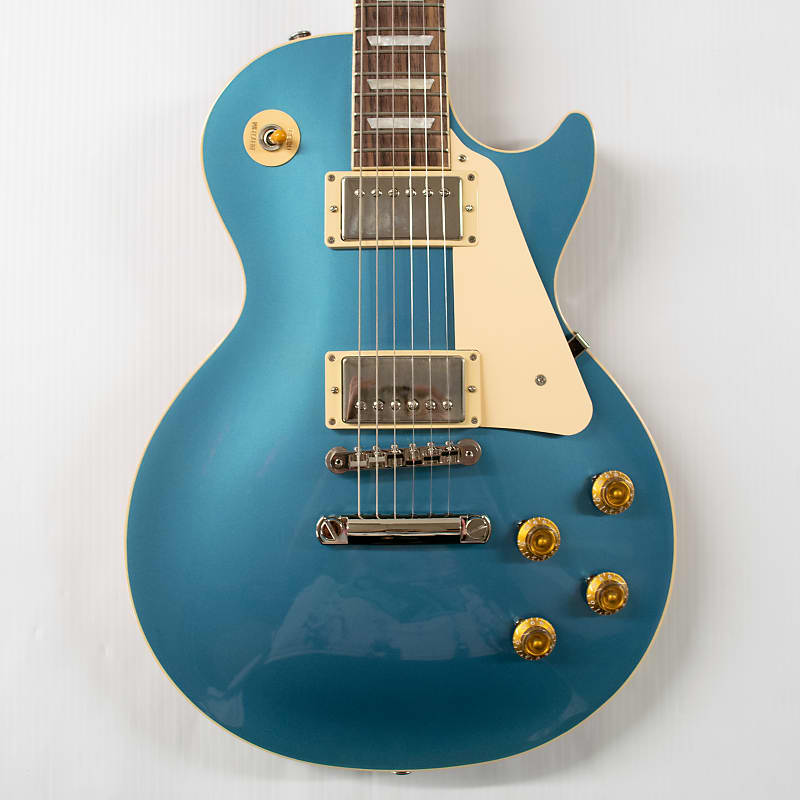History of the Level Patent
The woodworking level is one of the most essential tools in a woodworker’s arsenal. It is used to create level and plumb surfaces, make accurate cuts, and align frames. It is one of the most important tools for creating quality furniture, cabinetry, and other woodworking projects.
In its most basic form, the woodworking level is a flat, rectangular or square piece of wood, metal, or plastic that has markings on its surface. These markings are used to determine the levelness of the plane, or the orientation of the plane relative to the horizontal and vertical axes.
The history of the woodworking level dates back to the ancient Egyptians, who used an instrument called a “plumb bob” to determine the level of a surface. This instrument consisted of a weight suspended from a string or cord and was used to measure the vertical orientation of a plane.
By the Middle Ages, levels had evolved into the more advanced “level staff” which was used by masons and carpenters to measure the levelness of surfaces. This instrument was composed of a long, wooden staff with a crosspiece at the top and a plumb bob suspended from the bottom. The staff was placed on the surface to be measured and the plumb bob was used to indicate whether the surface was level or not.

In the late 1700s, a French carpenter named Jean-Baptiste Pagnon developed the modern version of the woodworking level. This instrument consisted of a wooden frame with parallel grooves running along its length. A plumb bob was attached to the bottom of the frame, allowing the user to measure the levelness of the surface.
Since its invention, the woodworking level has been a staple of the woodworker’s toolbox. It is one of the most important tools for creating quality furniture and cabinetry, as it allows for accurate measurements and precise alignment of frames.
Today, the traditional wooden level has been replaced by more modern versions made of aluminum, plastic, or other materials. These modern levels are lighter and more durable than their wooden counterparts, and often feature the addition of features such as a locking mechanism and an adjustable bubble vial.

The woodworking level has come a long way since its invention by Jean-Baptiste Pagnon, but it remains an essential tool in the woodworker’s arsenal. Its use ensures accuracy, precision, and quality in woodworking projects.
In 1886, Gustavus Cook of Watertown New York patented the Spirit-Level. His invention improved upon the common carpenter level design by making it easy to determine an object's straightness with a vertical and horizontal level and a bubble that could be seen on both sides.
Check out the patent







